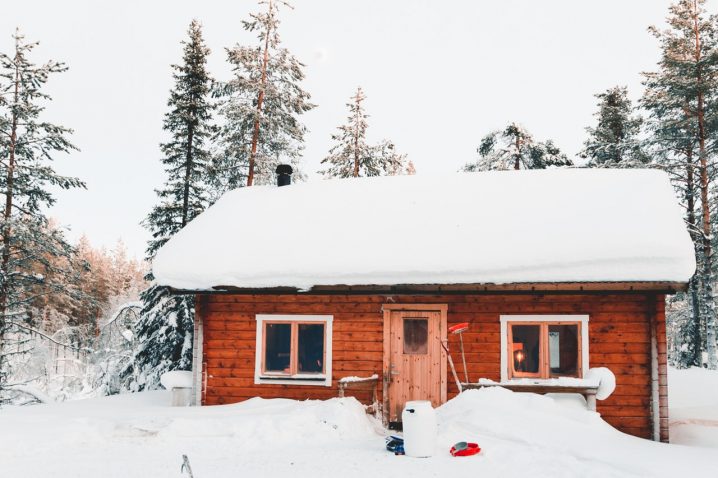For homeowners everywhere, the cooler months represent a challenging period of the year. While you want to keep your family warm, you also have to be smart about energy consumption and waste. In order to keep your utility bills low this fall and winter, you’ll need to make savvy choices.

3 Ways to Lower Your Utility Bills
There are obviously dozens of unique factors that impact how much you spend – including location, weather patterns, square footage, energy efficiency of your home, etc. – but the average family spends $183 per month on utilities, or $2,200 per year. And it’s important to remember that this is just the average. If you have a larger home in a more extreme temperature zone, you might spend closer to $4,000 per year on utilities.
When you look at the most expensive bills, gas and electric are at the top. The average monthly electricity bill is $104 per month, while the average household gas bill is $83 per month. Electric bills tend to be higher in the summer months, while gas bills peak during the winter.
Regardless of how much you’re currently spending, there almost certainly ways you could be spending less. Here are some practical steps you can take to begin lowering your utility bills:
- Seal Air Leaks and Gaps
“Change in temperature causes windows and doors to contract and expand,” Kefauver Lumber Company explains. “This causes leaks and could be costing you a pretty penny making your home less energy efficient. According to the Energy Star program, most of us could save close to 20% or more on heating costs by repairing leaks and cracks around doors and windows.”
The best way to seal gaps around windows and doors is to use caulk. For larger gaps, you may find weather-stripping to be a cost-effective and more practical method.

- Be Smart With Your Thermostat
Your thermostat is the gatekeeper for significant savings during the winter months. By making smart choices with how you use your thermostat, you can potentially save hundreds of dollars.
For starters, it’s wise to invest in a smart thermostat that learns your behaviors and sets itself according to your schedule and needs. If you don’t want a smart thermostat, you should at least learn how to use the programmable features on your existing one.
According to Energy.gov, you can save seven to 10 percent per year by setting your thermostat seven to 10 degrees lower for at least eight hours per day. Considering that you’re at work for at least eight hours per day and sleeping for another five to eight hours per day, this shouldn’t be too difficult.
- Adjust Your Hot Water Heater
Hot water probably isn’t something you think about very much, but it’s a big energy user. The U.S. Department of Energy suggests keeping your water heater’s thermostat set to 120 degrees. Anything higher will cost you money and could be dangerous. (And for every 10 degrees you reduce your water heater’s thermostat, you can save three to five percent off your bill.)
You should also make it a point to take short showers instead of baths, which require more water and requires more heating than a shower. Using an energy-efficient tankless water heater can also help lower your utility bill if you aren’t already using one.
Adding it All Up
It’s possible to keep your house warm this winter and avoid excessive utility bills. Try putting a few of these tips into action and see what they do for you. Your utility provider should give you a detailed monthly budget that helps you compare your usage to the same period over the previous year. Use this to grade yourself and continue to make tweaks as you see necessary.



